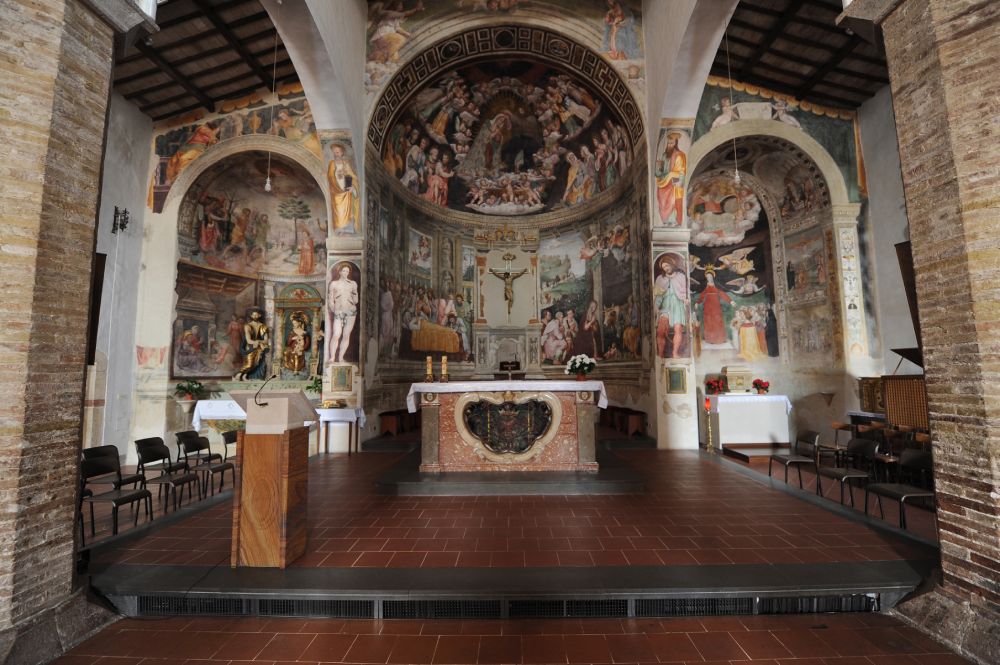Arrone, perched on a rocky spur and surrounded by forests and waterways, is a medieval village that has retained all the charm of times gone by. Included among the “Most Beautiful Villages in Italy,” Arrone was recently also recognised as one of the “Città Fiorite” (Flower-adorned Towns) thanks to the care its residents put into decorating balconies, windows, and alleyways with flowers and plants.
Ancient origins and historical events
The origins of Arrone date back to the 2nd century BC, as evidenced by the archaeological finds discovered in the area. After the fall of the Roman Empire and the barbarian invasions, the village was abandoned until the end of the 10th century, when the noble Roman family of the Arroni settled here, building a castle and creating the first nucleus of the settlement that would take their name. In 1229, Arrone became part of the Duchy of Spoleto, and later of the Papal States. Over the centuries, the village suffered numerous raids, including those by soldiers returning from the Sack of Rome (1527) and French troops (1799). In 1860, Arrone became part of the Kingdom of Italy, and its first mayor was Gaetano Turchetti, a Garibaldi captain.
The village layout: "La Terra" and "Santa Maria"
The village is divided into two historic nuclei, known as “La Terra” and “Santa Maria”, plus a much more recent and peripheral area. “La Terra” is the oldest and highest part of the village and has preserved almost intact the structure of the medieval fortified settlement. In addition to the remains of the Arroni Castle, from which one can enjoy a stunning view of the Valnerina, it is home to the Church of San Giovanni Battista (14th-15th century), where valuable 15th-century frescoes from the Umbrian school and a beautiful Crucifixion can be admired in the apse. Nearby is the medieval gate of San Giovanni, which connects the ancient fortified village to the more recent medieval district of Santa Maria. This district is named after the church of the same name, one of the most important religious buildings in the Umbrian village. It can be accessed through a beautiful portal from 1493. Inside, you can admire an important fresco cycle by Vincenzo Tamagni and Giovanni da Spoleto (1516); in the peripheral niches are other frescoes, while the left apse contains valuable glazed terracotta sculptures from the 16th century.
But the real magic of Arrone is best discovered on foot, wandering through its narrow lanes and small squares, where blooming window sills, charming views and medieval buildings evoke a sense of timelessness. Among them are the beautiful Civic Tower, known as the “Tower of the Olive Tree” because of the wild olive tree that has grown from it, now a symbol of the village, and the municipal bell tower. Furthermore, UNESCO has recognised the bell ringing tradition of Arrone’s master bellringers, together with those of Gubbio, as part of the Intangible Cultural Heritage of Humanity.
A pristine landscape of monasteries, shrines and ancient mills
The village is immersed in an unspoiled natural environment rich in water, trees and forests, dotted with Roman-era mills, medieval hermitages and monasteries, and early industrial structures. One particularly noteworthy site is the lignite mine in the hamlet of Buonacquisto, home to the “Valentino Paparelli” Mining Park.
The fortified village of Casteldilago is also worth a visit, hosting the beautiful Church of San Nicola, which preserves interesting 16th-century frescoes by artists of the Spagna school. Not far from there, you can visit the impressive Sanctuary of Madonna dello Scoglio, which stands on a dramatic cliff, offering a spectacular view over the Nera Valley. Built in the 16th century, the sanctuary was erected around a miraculous image of the Virgin painted on the rock face.
The entire municipality is part of the Nera River Park, offering a wide range of outdoor activities: a permanent educational workshop, hiking trails, and paths for trekking and mountain biking. Arrone is also a hub for sports tourism, thanks to the many activities available in the waters of the Nera River (canoeing, rafting, canyoning, and hydrospeed) and free climbing on the natural rock faces.










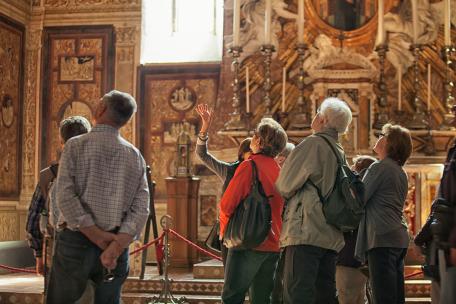

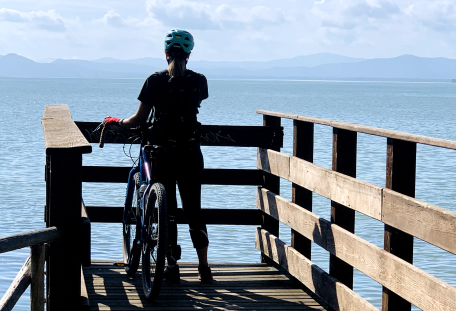




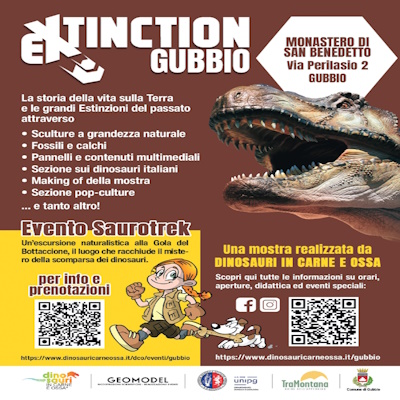
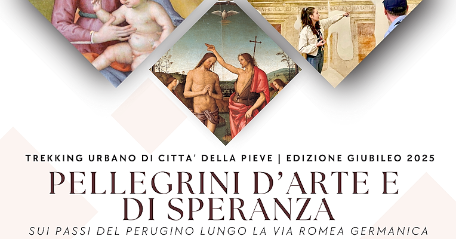
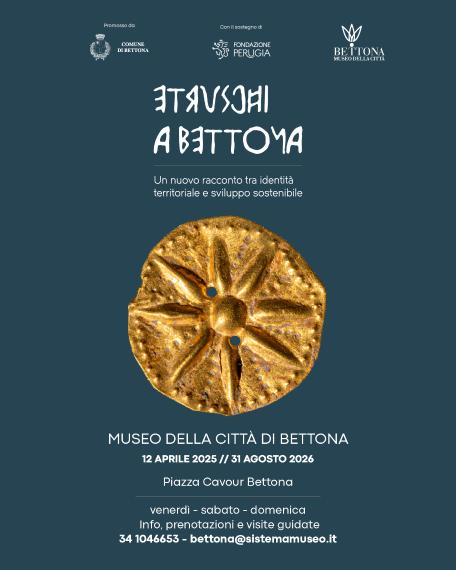


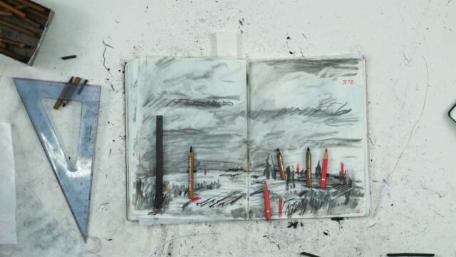


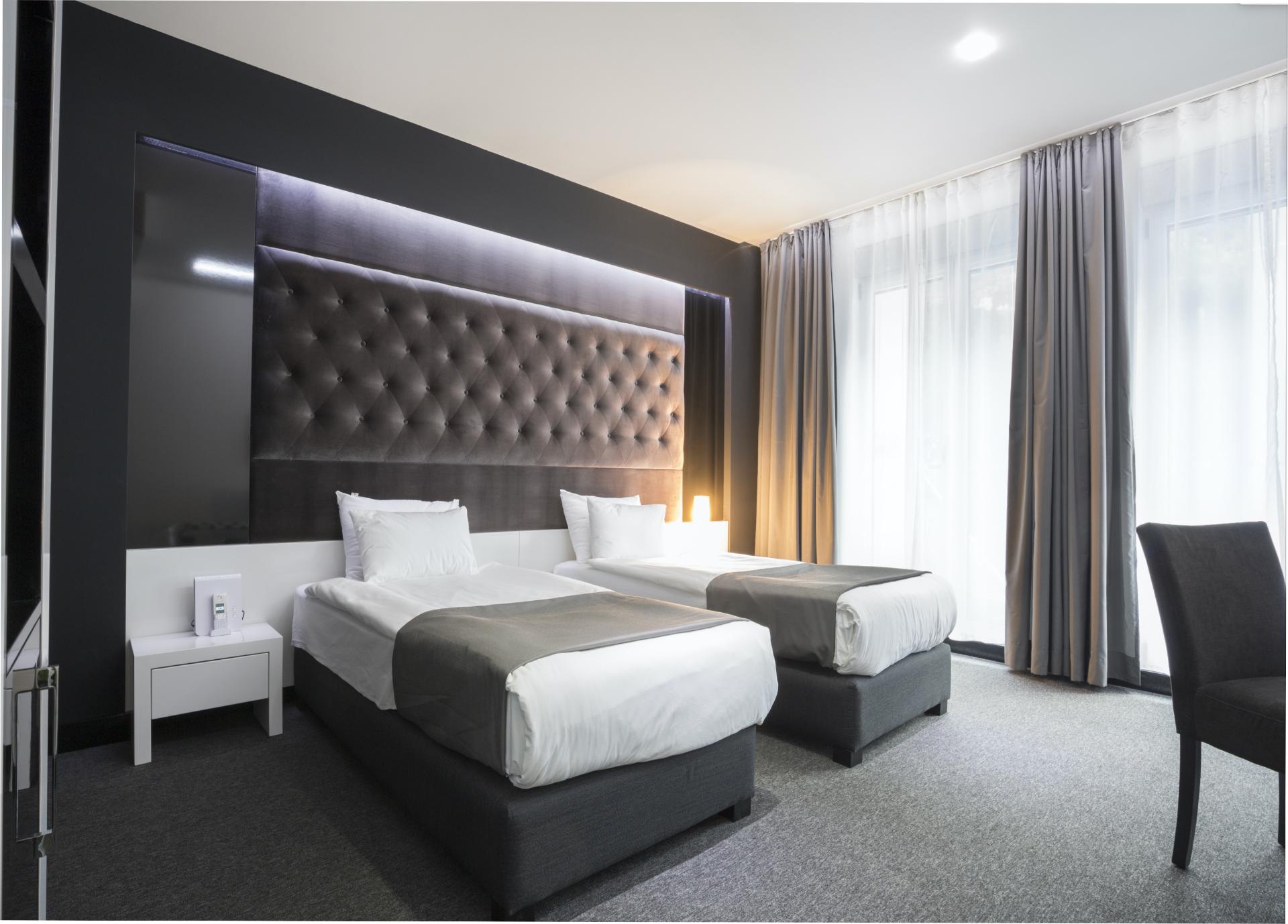
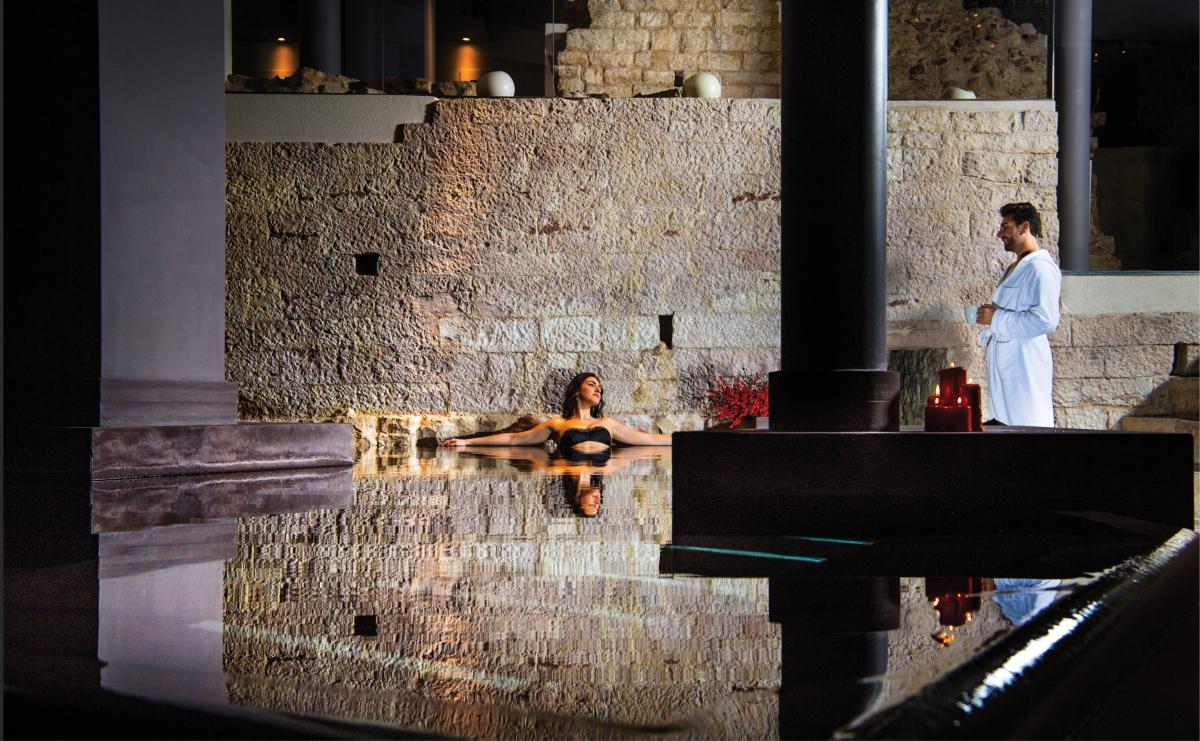
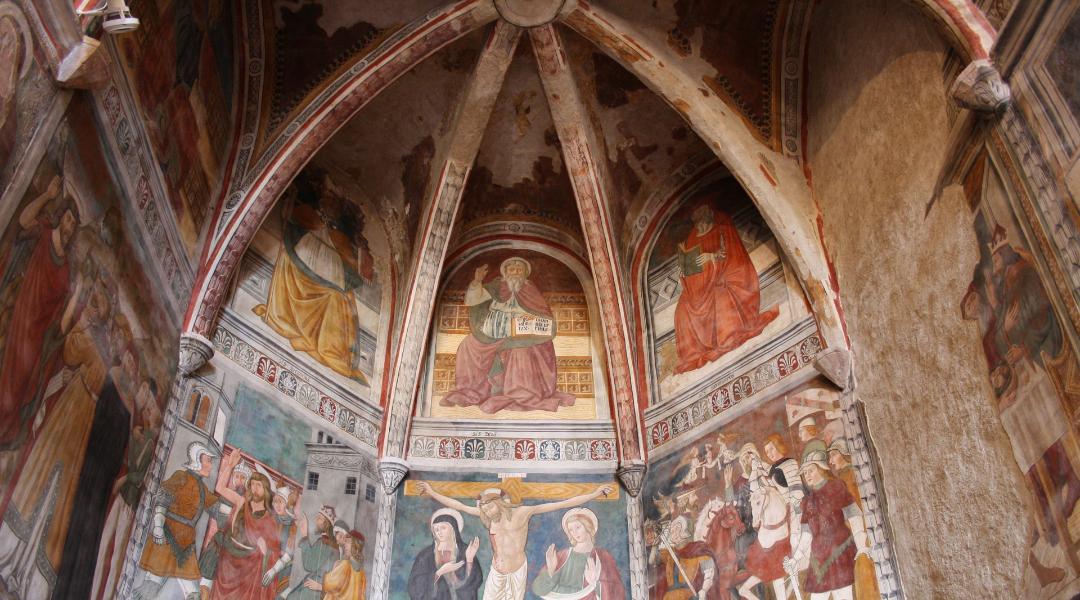
.jpeg/2a5913ca-f37a-d057-b81c-bf0ecd24a699?width=1080)
